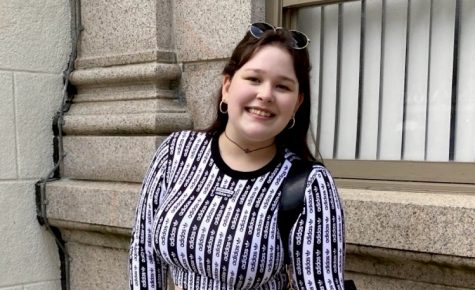The inaccessibility of higher education
November 15, 2020
With this semester finally coming to a close, it is interesting to go over the changes and measures that Iona and other schools around the country have put in place to accommodate COVID-19. Things like mixed-mode classes and allowing students to remain remote depending on their comfort have been instrumental in keeping infection rates low. However, I can’t help but wonderwhy these measures were not in place earlier. Many students with chronic illnesses and disabilities will be the first to explain how colleges and universities are some of the most inaccessible places to be. This is shameful as higher education should be accessible to everyone. If you don’t agree, think about the fact that some schools like Iona do not allow absences to be excused, no matter the reason. This is said to be for legal reasons as they can’t verify that you were sick or that your car broke down if you go and commit a crime. This makes sense, unless you are someone who struggles with chronic illness.
I am one of these people, and some days I physically cannot get out of bed due to pain. Mixed-mode classes have been a blessing to allow me to stay in my room or go back home but before this, it was impossible some days and I struggled with many absences. Some buildings do not have elevators, and others like Murphy only have one and can’t fit many students at a time. This is very inaccessible to students with motor issues or who struggle with pain. A main reason that I picked Iona was due to its small size, allowing me more possibility of moving around campus. However, other schools are so big that students need transportation to get around and they may not have this.
It is very important to think about changes that need to be made in order to accommodate all students with or without disabilities. Before adding a new building or monument, it is important to see what basic features a campus should have or what things abled people take for granted that could make a difference for students, professors or staff members with disabilities. Not all of them are visible, and it may be the most healthy-looking, well put together classmate who has trouble getting up in the morning.








